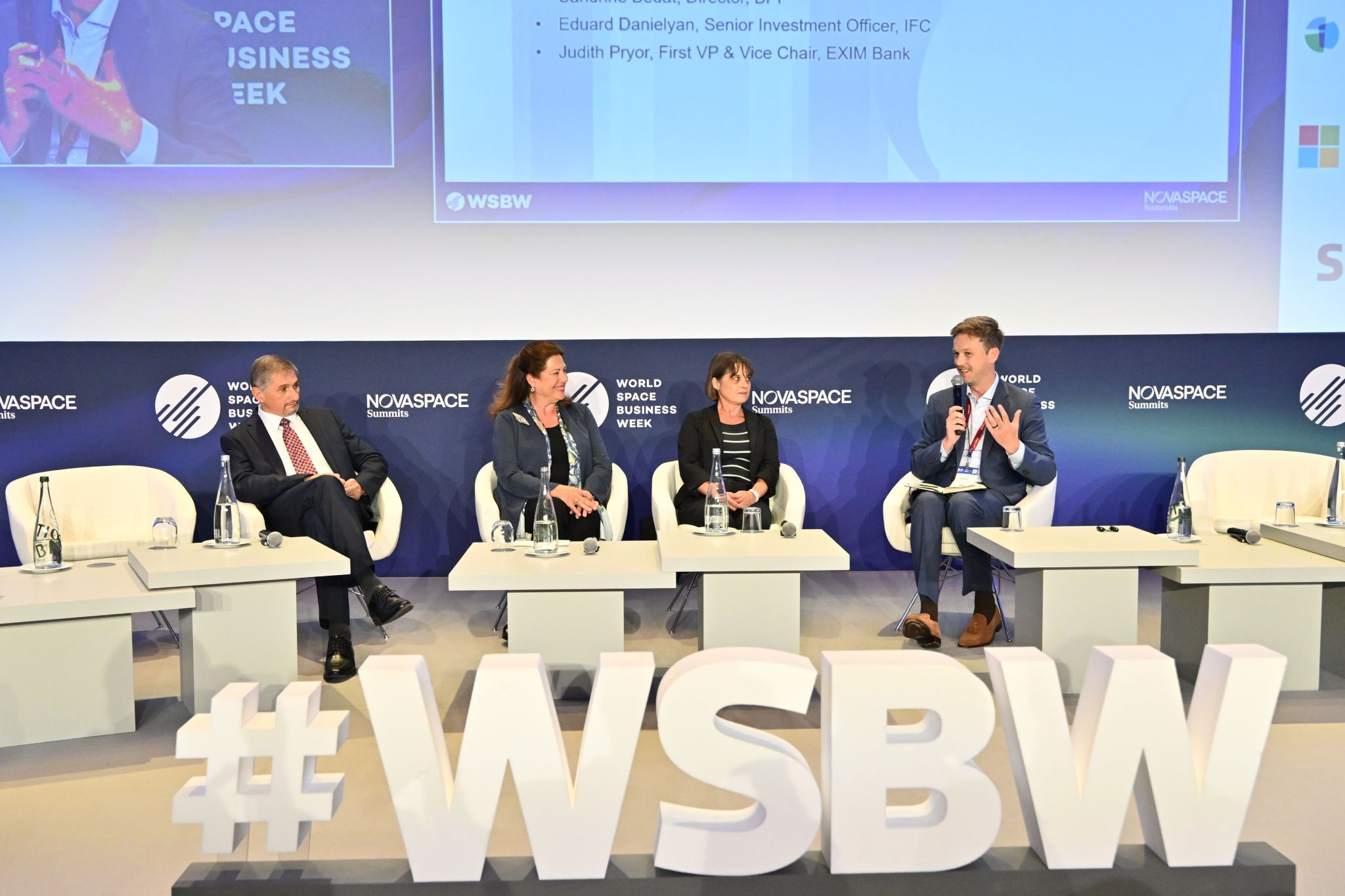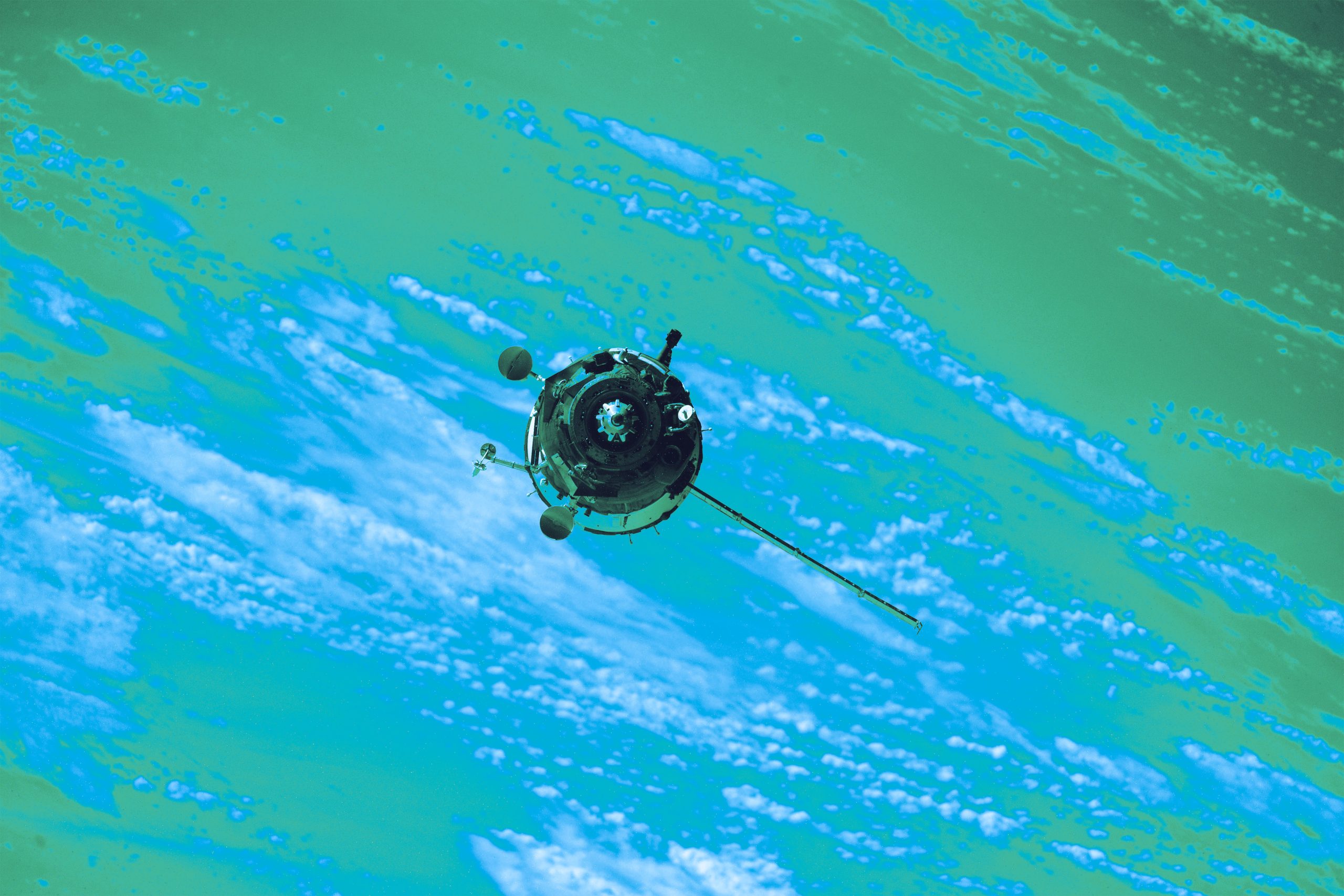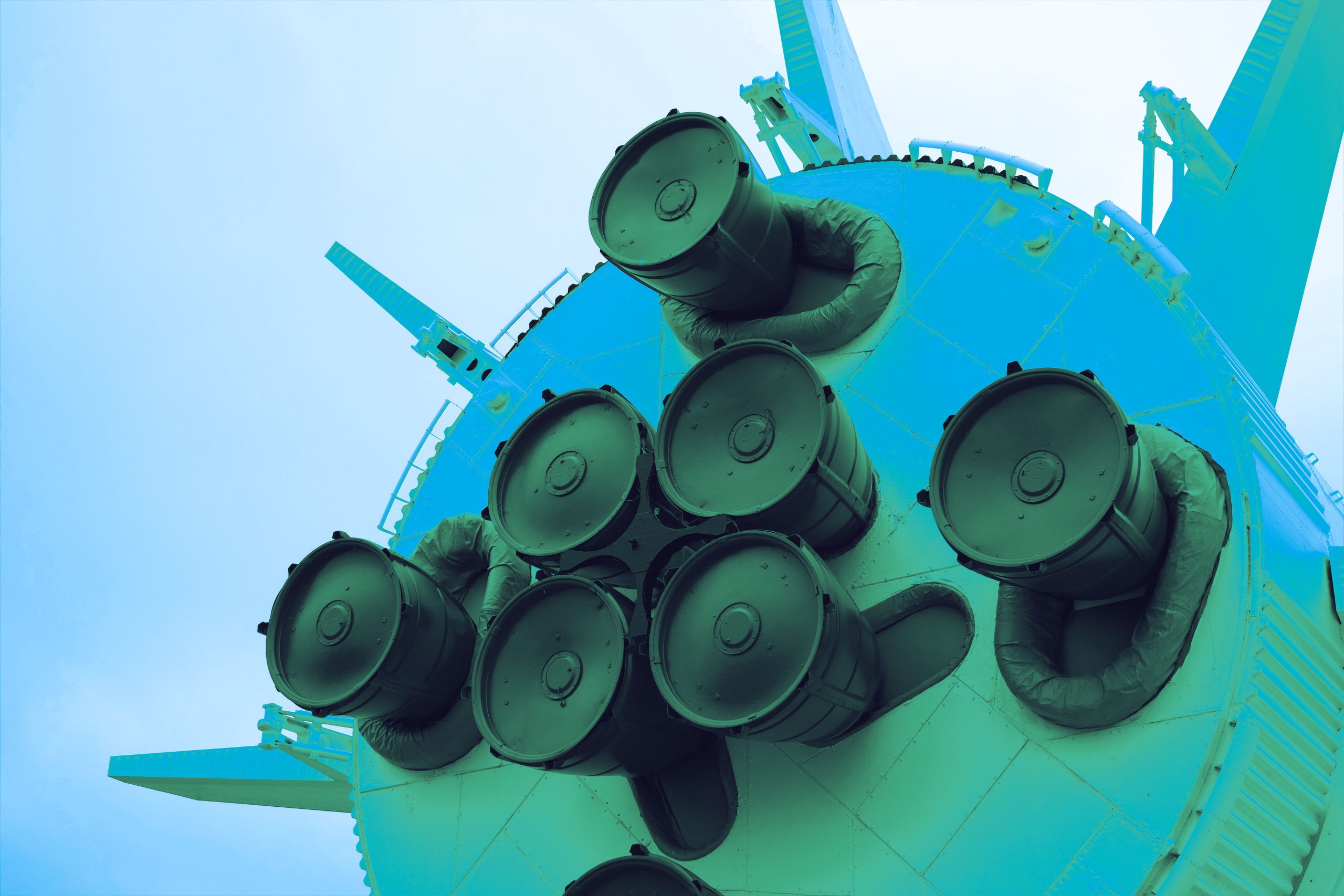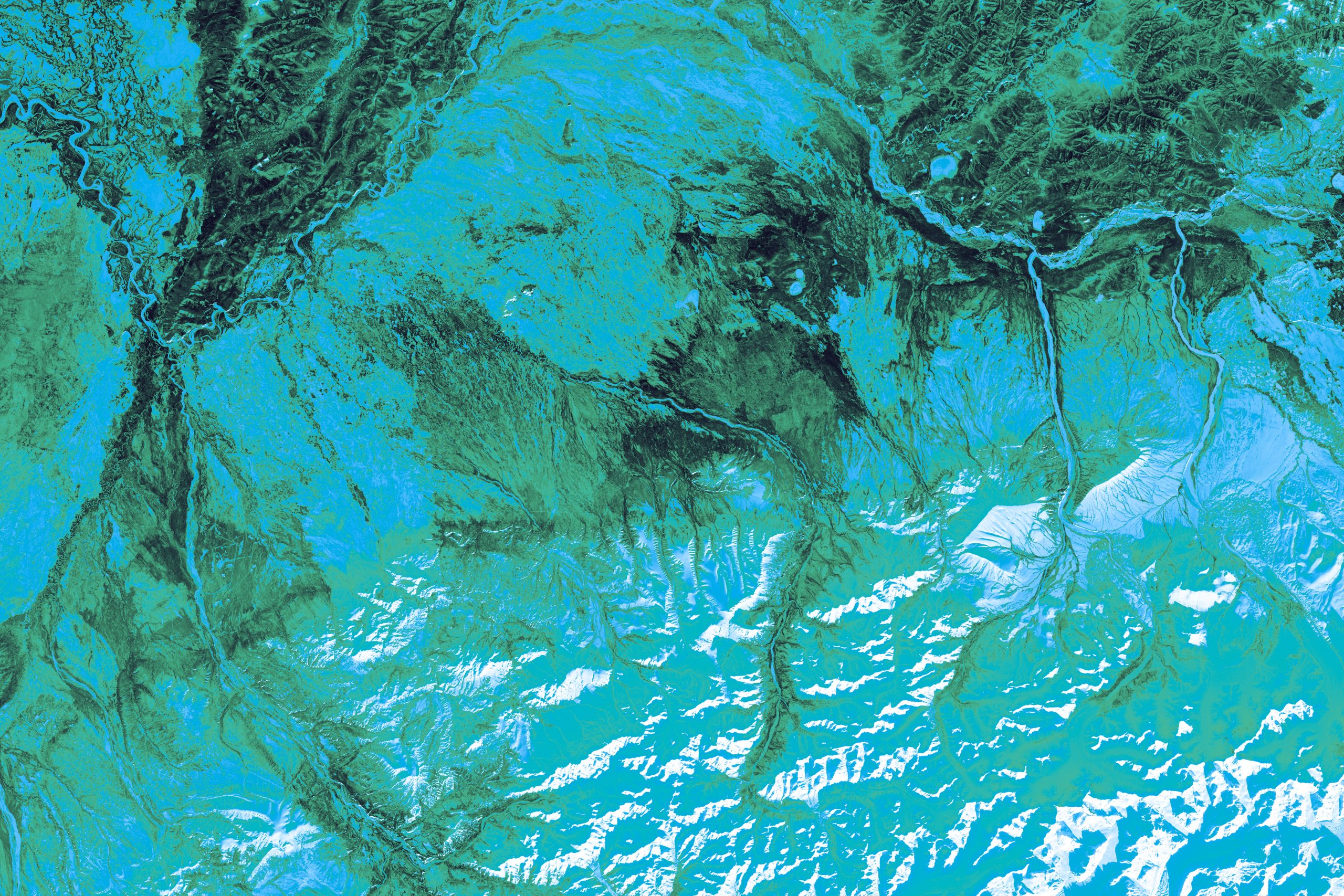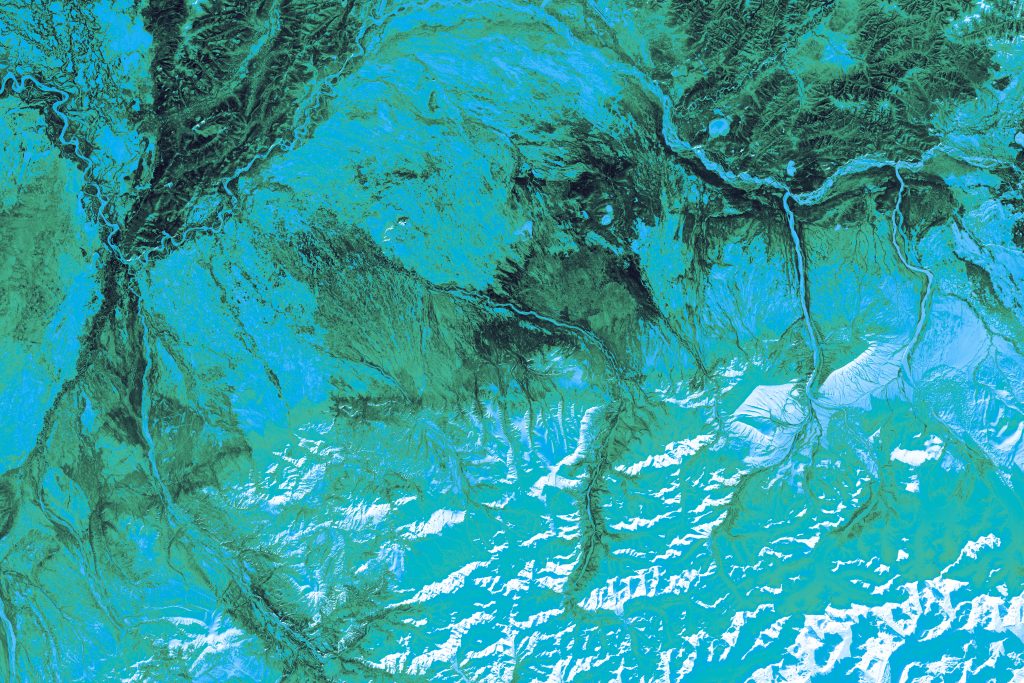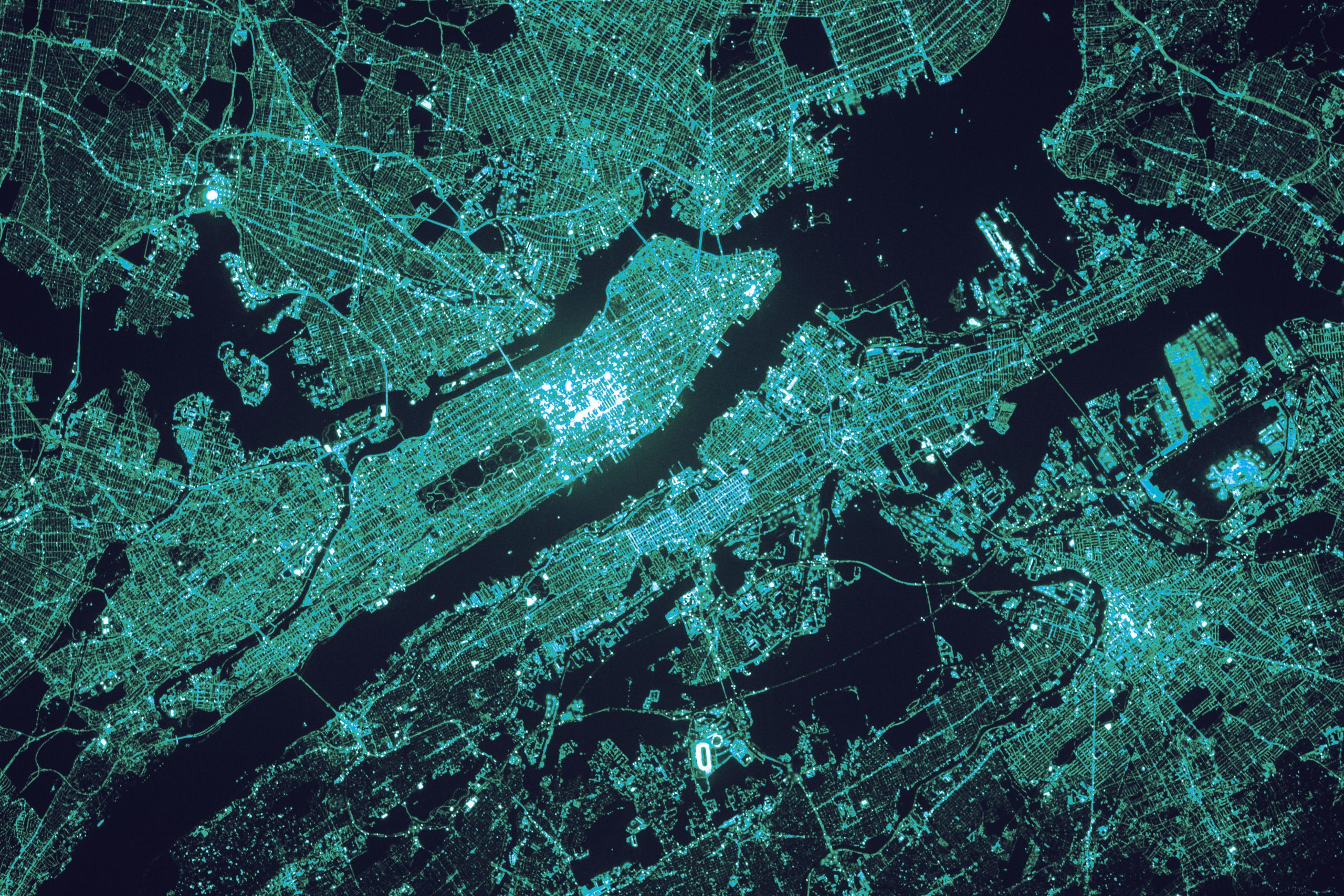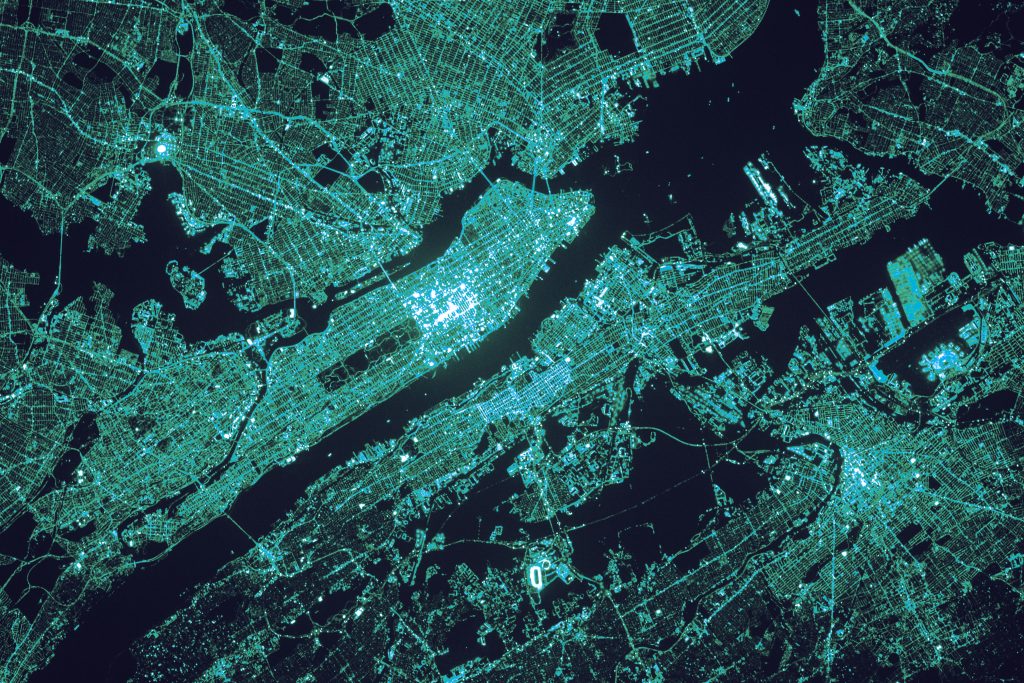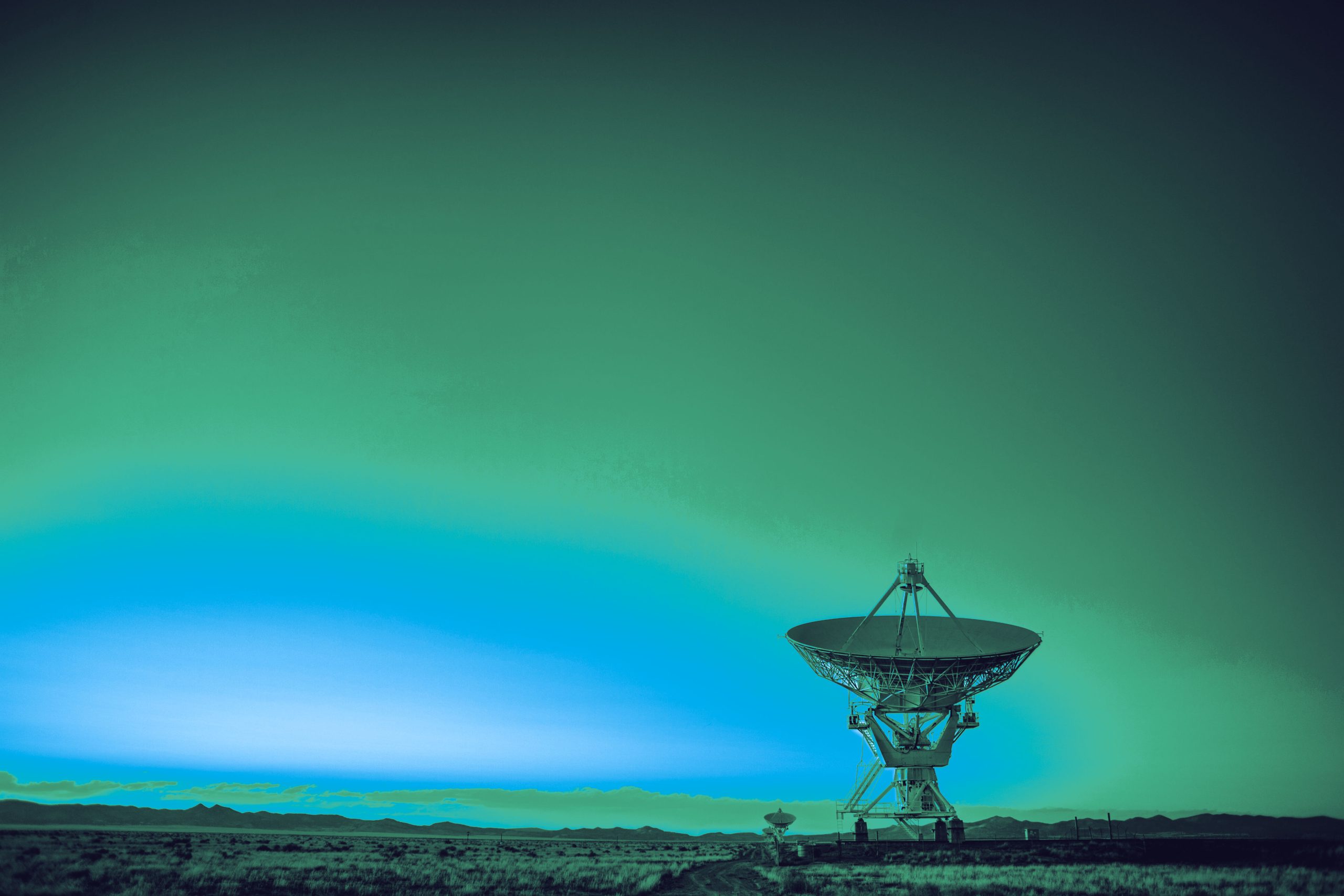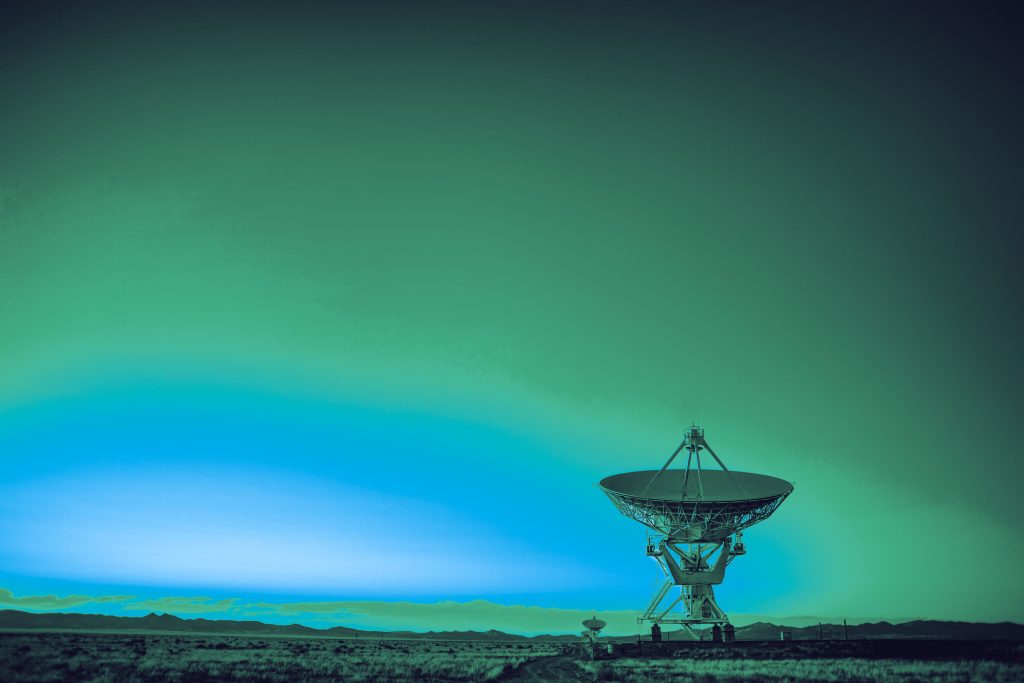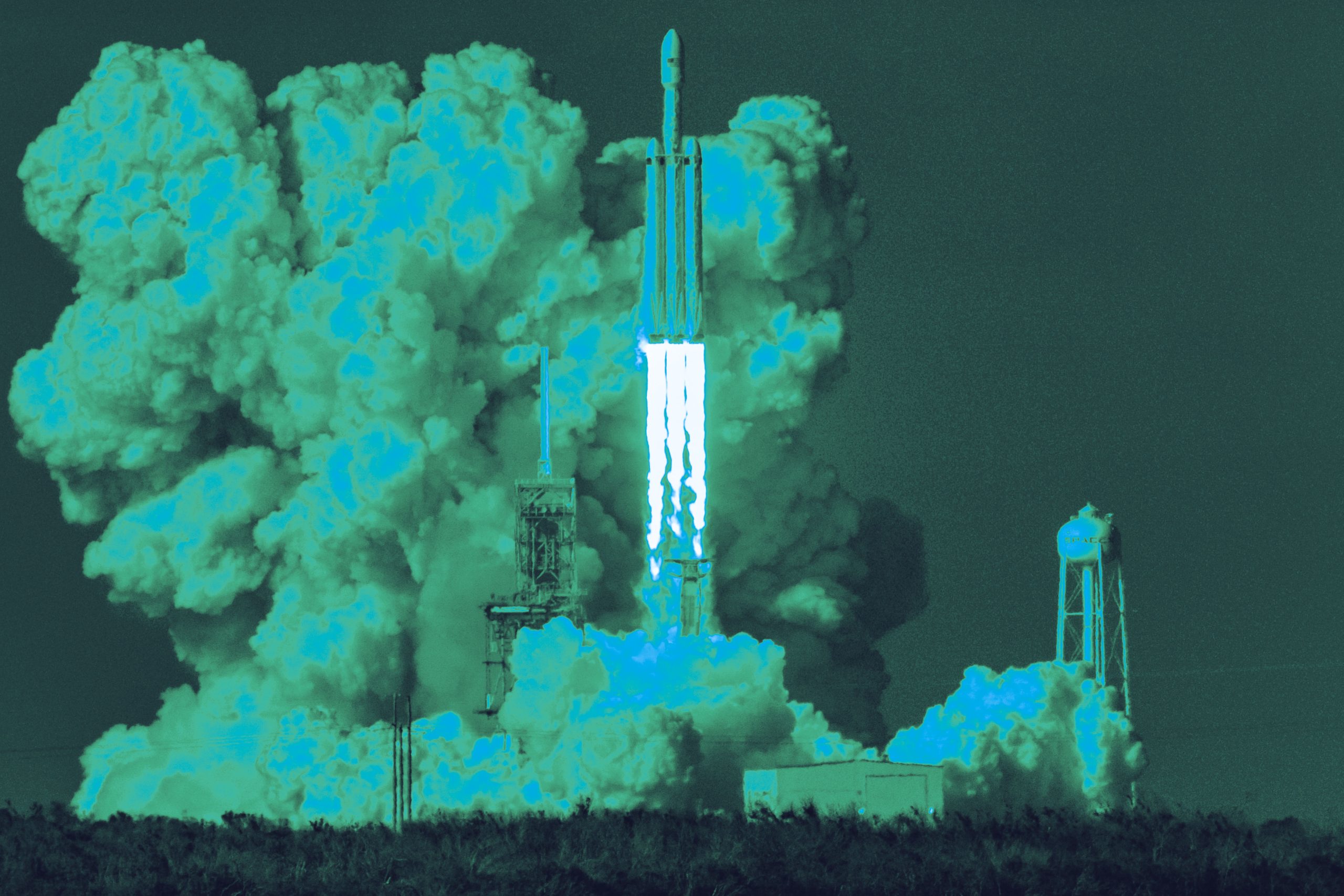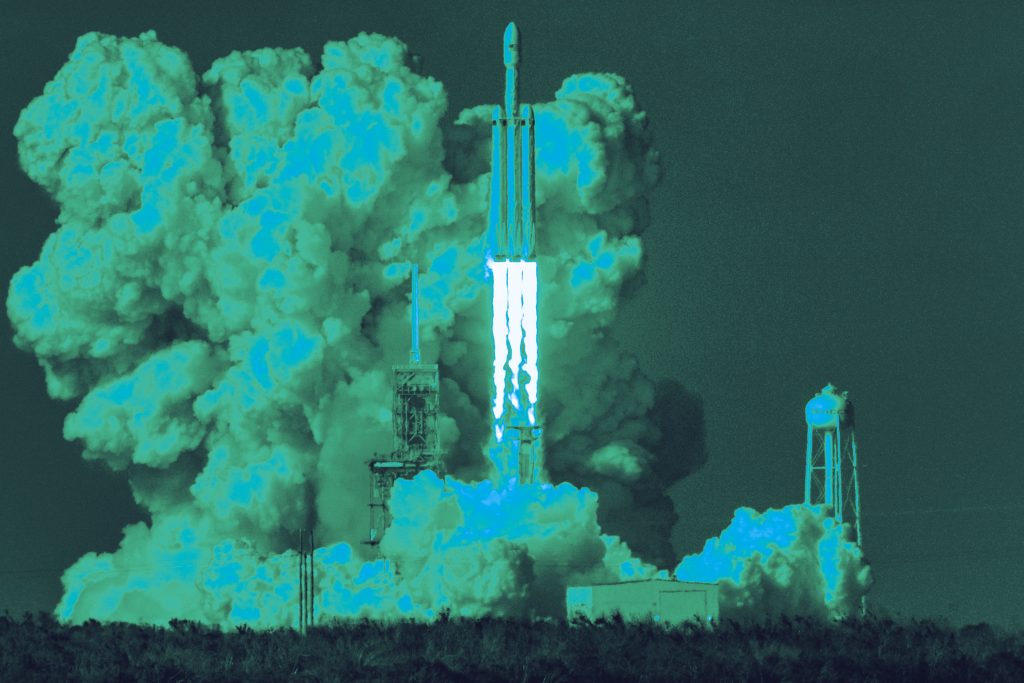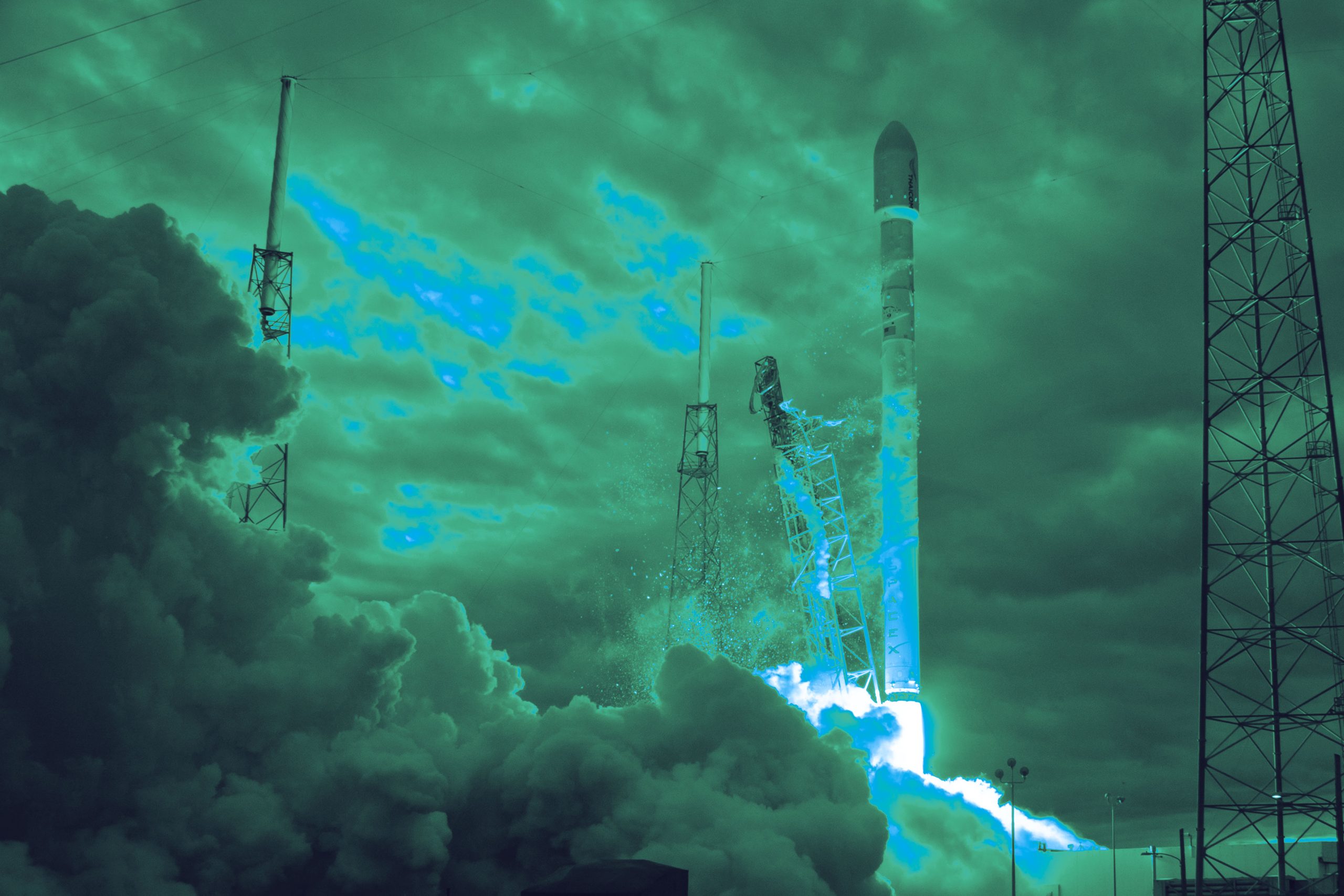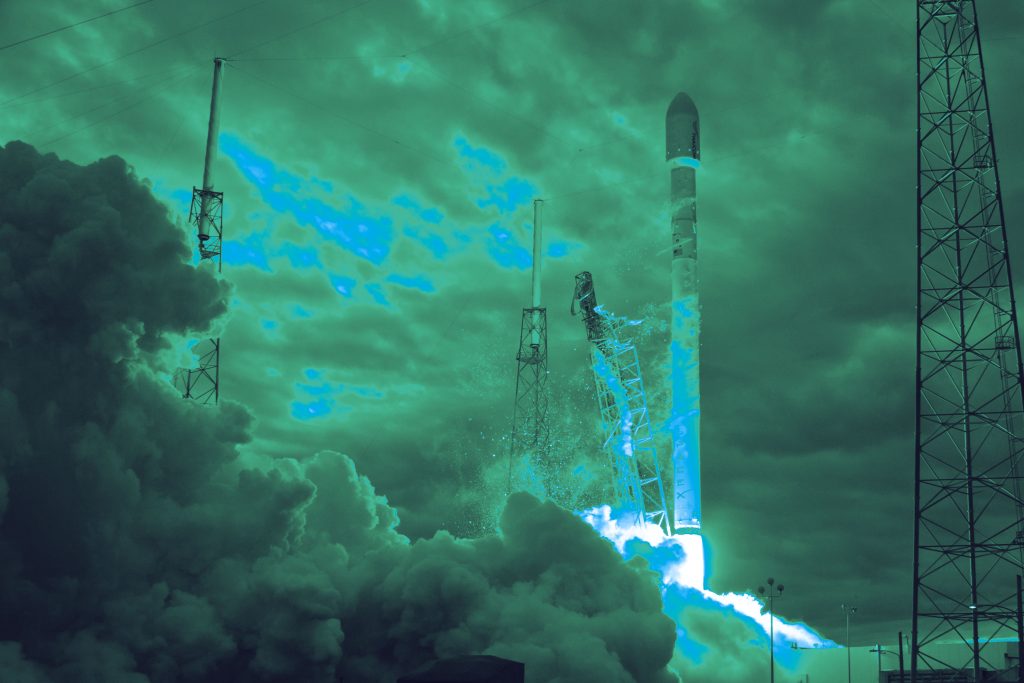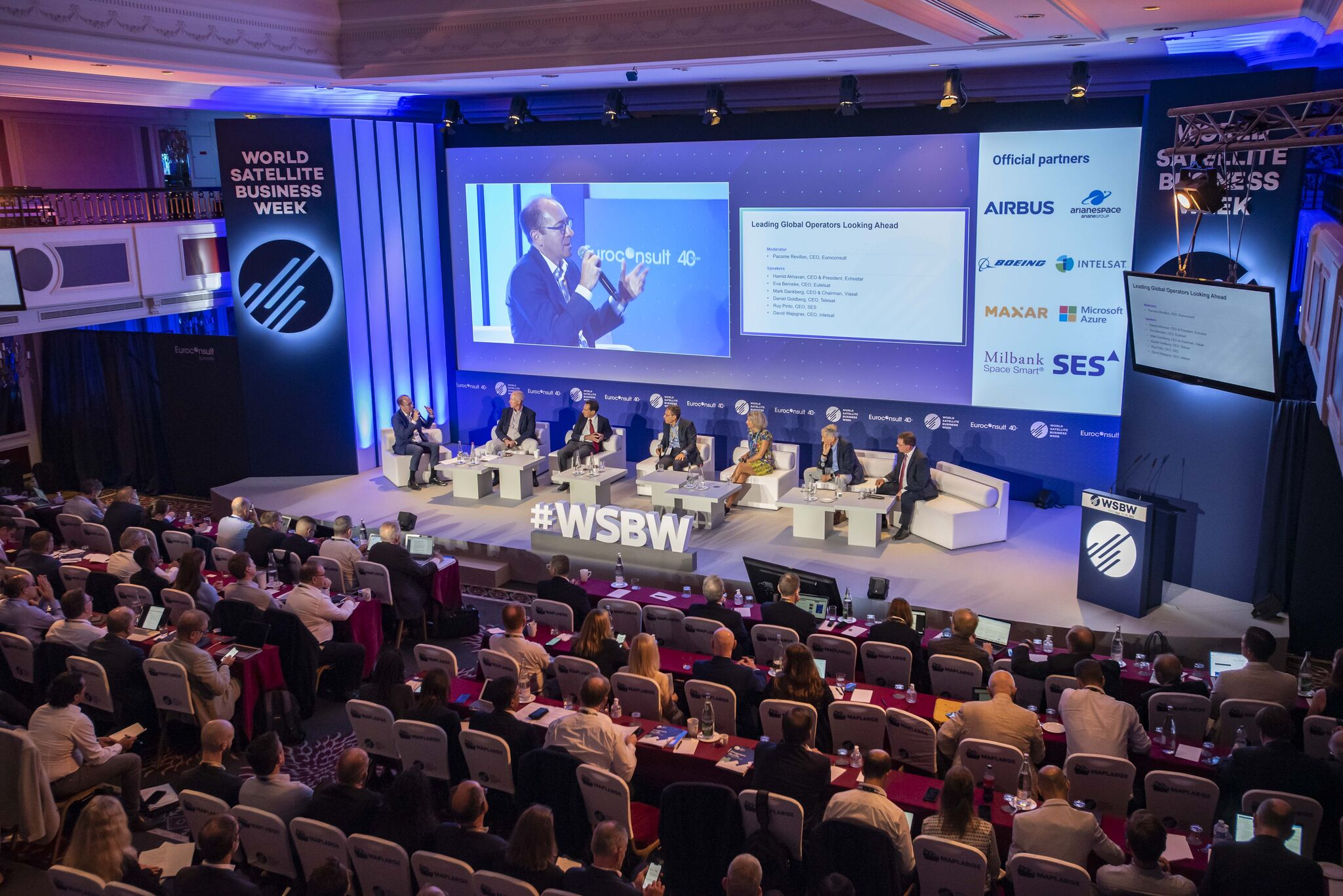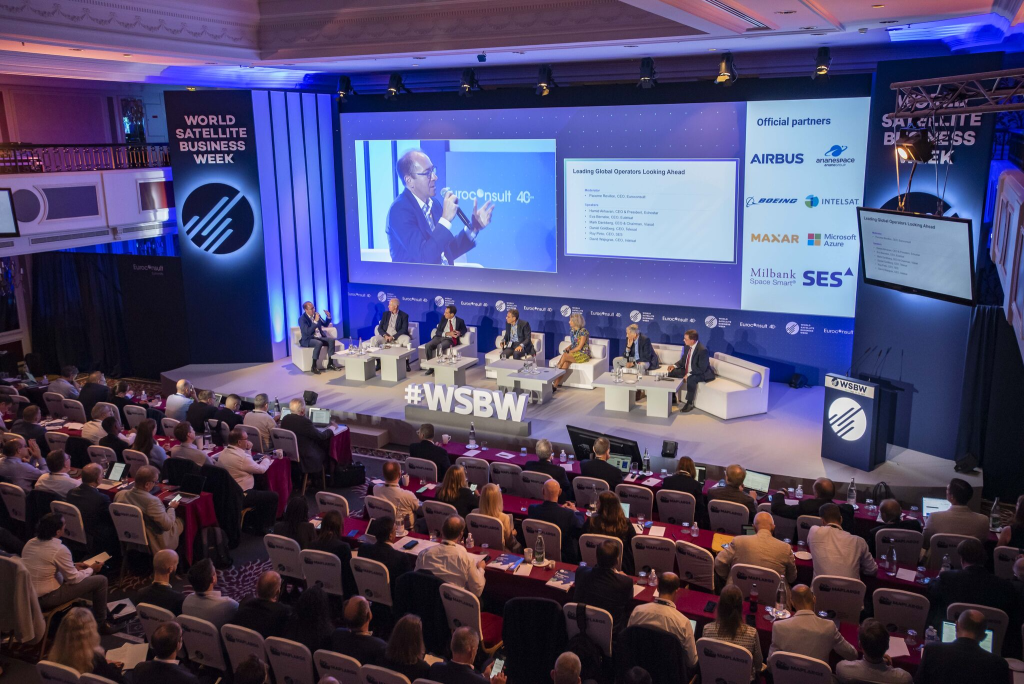As we hit the mid-point of this year’s World Space Business Week (WSBW), the 2024 edition of the show has already seen some important announcements and inspiring discussions taking place at the Westin in Paris.
Day 1 saw conversations around investment in the industry with major investment banks sharing their thoughts on the state of the market with key talking points being that, even though we have seen increased investment in the last few years, we have still not returned to the peak of 2021. Then, Director General of the European Space Agency, Josef Aschenbacher, shared ESA’s aims for Europe to have a world-class space programme, lead in the sustainability of space, and continue its international collaboration. The growth of the direct-to-device market was also a hot-topic with executives from Yahsat, Lynk, Globalstar, Omnispace, Iridium, and AST sharing their thoughts on how to create a sustainable business model and the challenges of delivering the right service.
Day 2 covered some very pertinent topics with optical communications, multi-orbit services, and ground system architecture all getting their time in the limelight. We heard how satellite operators are moving towards offering multi-orbit solutions as standard, how this is causing a number of specific regulatory problems – especially with LEO and GEO switching, how the benefits of optical communications will further shape the industry, and how most of the industry agrees that the push towards technology agnostic, seamless connectivity should be the goal we all strive for.
There have also been several exciting announcements that deserve a special mention. Leading US aerospace business, Sceye, announced the successful closing of its Series C funding round, Finland’s ReOrbit shared news of its exclusive agreement with the Uzma Group for a new GEO software enabled satellite project, and the news that Starlink has almost doubled its backlog of IFC orders after last week’s deal with United Airlines.
With still more than half the conference left to come, we can’t wait to see what other exciting developments are announced.
